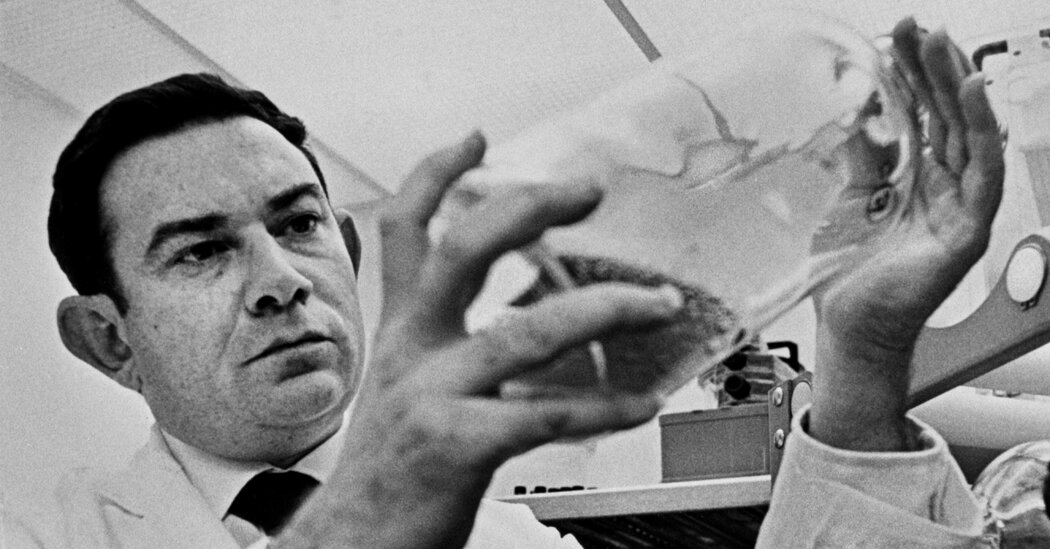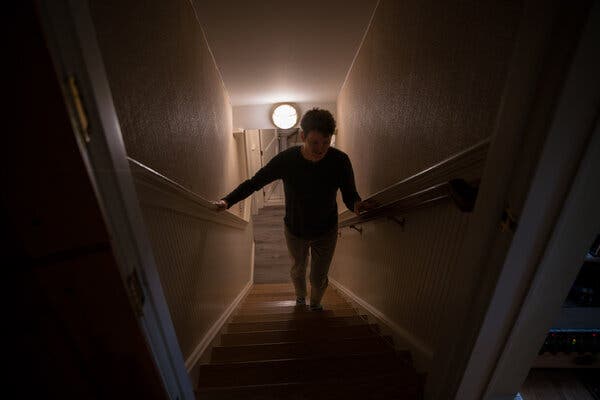In huge numbers, older people are taking gabapentin for a variety of conditions, including itching, alcohol dependence and sciatica. “It’s crazy,” one expert said.Mary Peart, 67, a retired nurse in Manchester, Mass., began taking gabapentin a year and a half ago to reduce the pain and fatigue of fibromyalgia. The drug helps her climb stairs, walk her dog and take art lessons, she said.With it, “I have a life,” she said. “If I forget to take a dose, my pain comes right back.”Jane Dausch has a neurological condition called transverse myelitis and uses gabapentin as needed when her legs and feet ache. “It seems to be effective at calming down nerve pain,” said Ms. Dausch, 67, a retired physical therapist in North Kingstown, R.I.Amy Thomas, who owns three bookstores in the San Francisco Bay Area, takes gabapentin for rheumatoid arthritis. Along with yoga and physical therapy, “it’s probably contributing to it being easier for me to move around,” Ms. Thomas, 67, said.All three are taking the non-opioid pain drug for off-label uses. The only conditions for which gabapentin has been approved for adult use by the Food and Drug Administration are epileptic seizures, in 1993, and postherpetic neuralgia, the nerve pain that can linger after a bout of shingles, in 2002.But that has not stopped patients and health care providers from turning to gabapentin (whose brand names include Neurontin) for a startling array of other conditions, including sciatica, neuropathy from diabetes, lower back pain and post-surgery pain.Also: Agitation from dementia. Insomnia. Migraines. Itching. Bipolar disorder. Alcohol dependence. Evidence of effectiveness for some of these uses is thin.We are having trouble retrieving the article content.Please enable JavaScript in your browser settings.Thank you for your patience while we verify access. If you are in Reader mode please exit and log into your Times account, or subscribe for all of The Times.Thank you for your patience while we verify access.Already a subscriber? Log in.Want all of The Times? Subscribe.
Read more →








